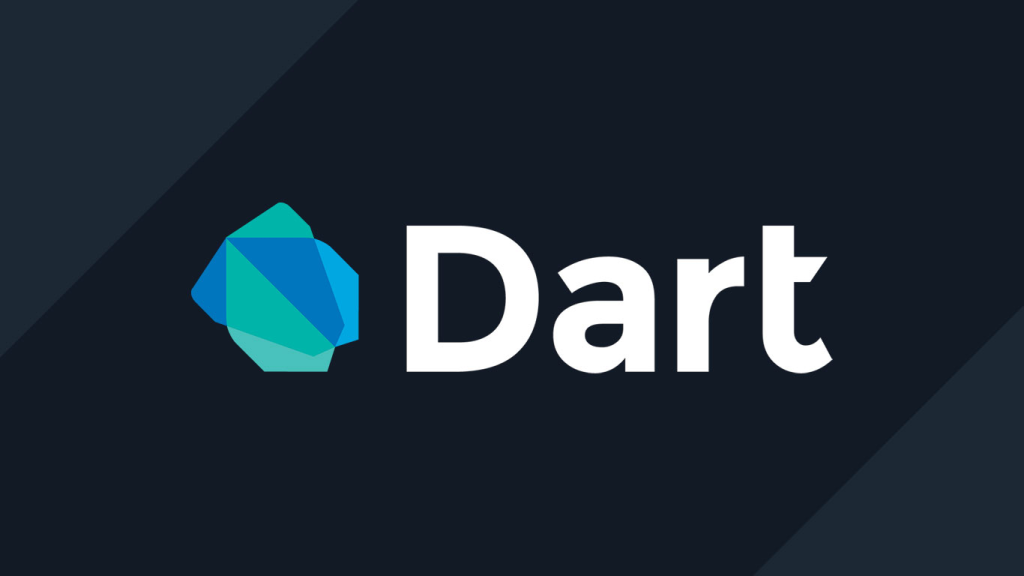
What is Dart?
Dart is a versatile, object-oriented, open-source programming language developed by Google. It is designed to build fast, efficient, and cross-platform applications, including web, mobile, and desktop. It supports both object-oriented and functional programming paradigms. Dart is also the primary language used in the Flutter framework.
What is top use cases of Dart?
The top use cases of Dart include:
- Building Mobile, Desktop, and Web Applications: Dart is primarily used in the Flutter framework for building high-performance, high-quality, and cross-platform applications.
- Command-Line Tools: Dart excels in creating modular Ahead-of-Time (AOT) binaries, which can easily be called as Command-Line Interfaces (CLI).
- Integration with C-based APIs: Dart provides a direct mechanism for binding to native code using the dart:ffi library, which is considerably faster than platform channels because no serialization is required to pass data.
What are feature of Dart?

Dart has several features that make it a powerful language:
- High Performance: Dart is designed to be fast and efficient, providing high performance for both development and execution.
- Soundness: Dart is a sound language, which means it has a strong type system that helps catch errors at compile time rather than runtime.
- Productivity: Dart has a rich set of libraries and tools that help developers be more productive.
- Cross-Platform Support: Dart is used in Flutter, which allows developers to build applications for multiple platforms from a single codebase.
- Strong Typing: Dart has a robust typing system, which helps catch errors early and makes the code easier to understand and maintain.
- FFI: Dart provides a Foreign Function Interface (FFI) that allows it to bind to native code, enabling developers to leverage existing C libraries in their Dart applications.
What is the workflow of Dart ?
The workflow of Dart involves several steps:
- Writing Code: Dart code is written in .dart files. The code is then compiled to native code using the Dart compiler.
- Compilation: Use the dart command-line tool to compile your code into executable files or libraries.
- Running and debugging: The compiled code can be executed and debugged using tools provided by the chosen platform, such as Flutter for mobile app development.
How to Install and Configure Dart ?
To install Dart programming language on Windows 10, you can follow these steps:
- Visit the official Dart website at https://dart.dev/get-dart and click on the “Download Dart” button.
- Choose the appropriate installer for your system architecture (32-bit or 64-bit) based on your Windows 10 version. Click the download link to start the download.
- Once the download finishes, locate the installer file and double-click on it to run the installation.
- Follow the installation wizard prompts, review and accept the license agreement, choose the installation directory (or keep the default one), and customize the installation settings as desired.
- The installer will automatically set up the necessary environment variables for Dart. If prompted, allow the installer to do so.
- After the installation completes, open the Command Prompt or Windows PowerShell and type
dart --version. This command will verify if Dart is successfully installed and display the installed version.
Congratulations! You have successfully installed Dart on your Windows 10 system. You can now start using Dart for your programming needs.
Step by Step Tutorials for Dart for hello world program
For a step-by-step tutorial on creating a “Hello World” program in Dart, follow these steps:
- Setting Up:
Download and Install Dart SDK: Head to https://dart.dev/get-dart and follow the platform-specific instructions. Verify the installation by running dart –version in your terminal.
Choose a Development Environment: You can write Dart code in any text editor, but IDEs like VSCode with Dart plugins offer features like syntax highlighting and debugging.
2. Create Your “Hello World” File:
- Open your chosen editor and create a new file.
- Name the file with a .dart extension, e.g., hello_world.dart.
3. Write the Code:
Paste the following code into your file:
void main() {
print("Hello, World!");
}
Where:
- void main(): This defines the program’s entry point named main.
- {}: These curly braces mark the code block for the main function.
- print(“Hello, World!”): This uses the print function to display “Hello, World!” on your console.
4. Run the Program:
There are two ways to run your “Hello World” program:
Command Line:
Open your terminal and navigate to the directory containing your hello_world.dart file.
Run the command dart hello_world.dart.
IDE:
If you’re using an IDE with Dart support, follow its specific instructions to run the program.